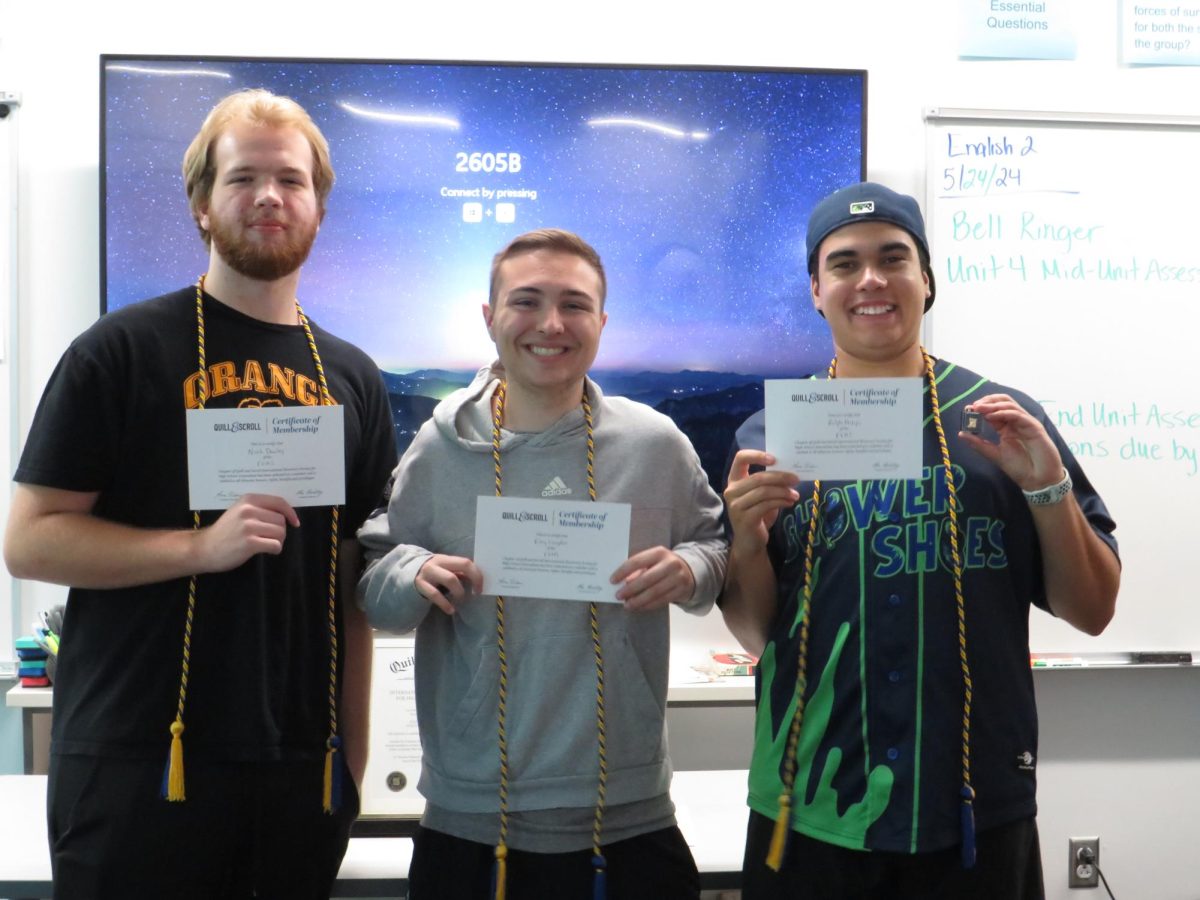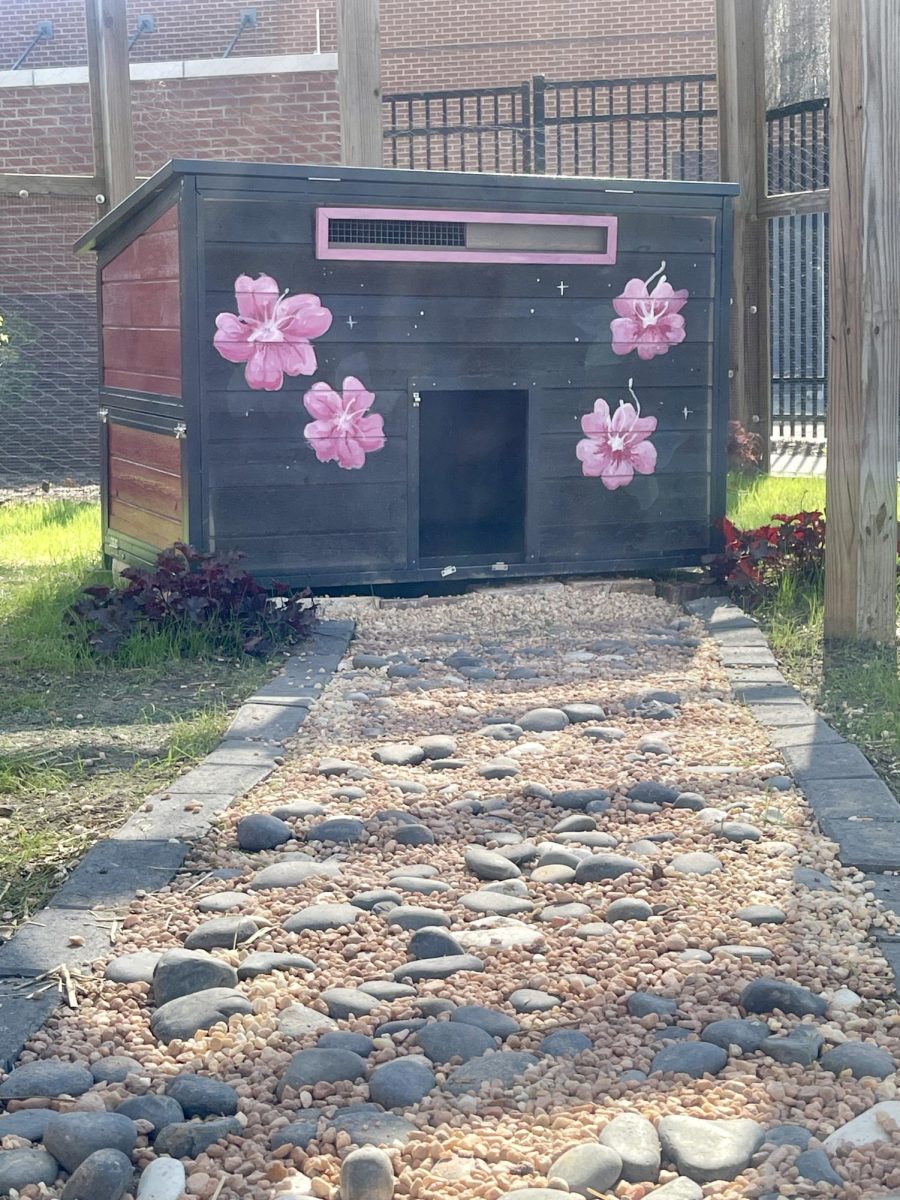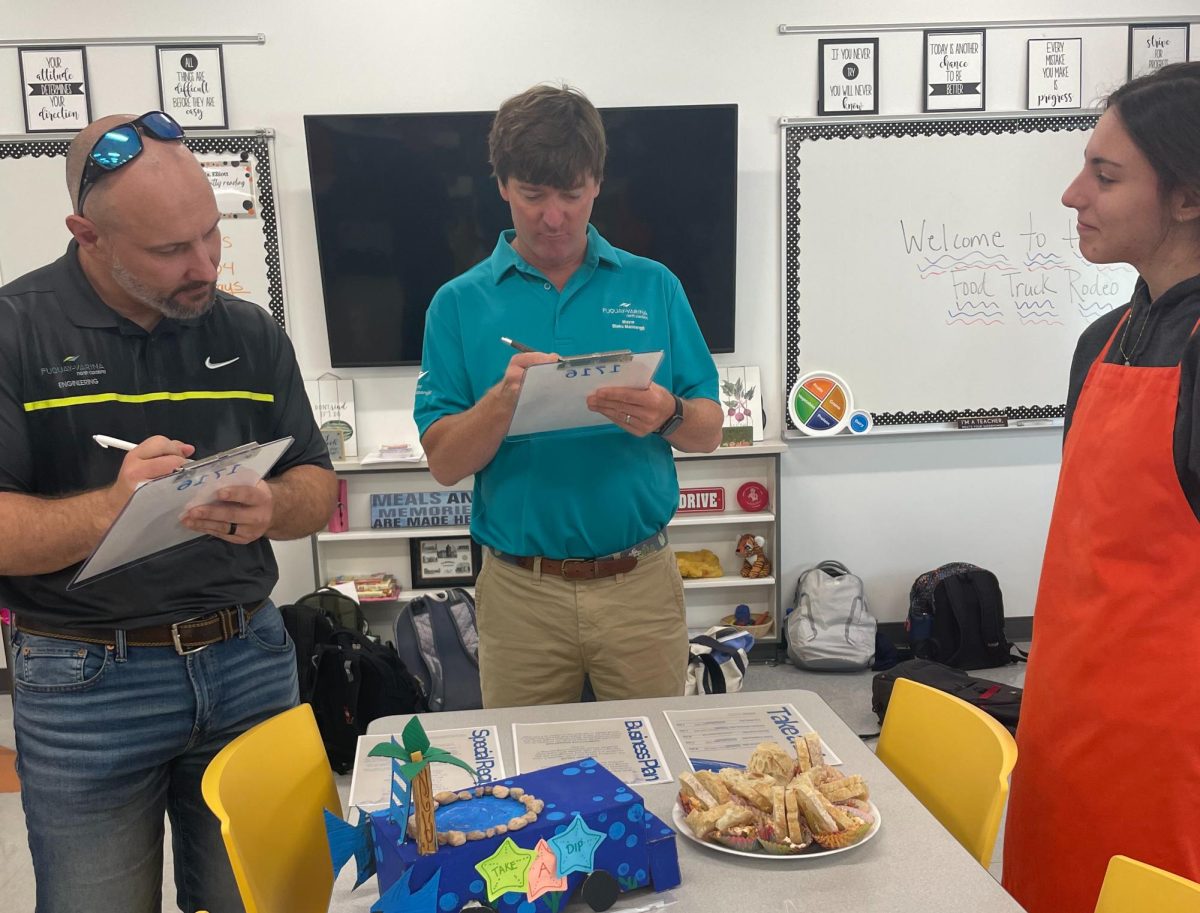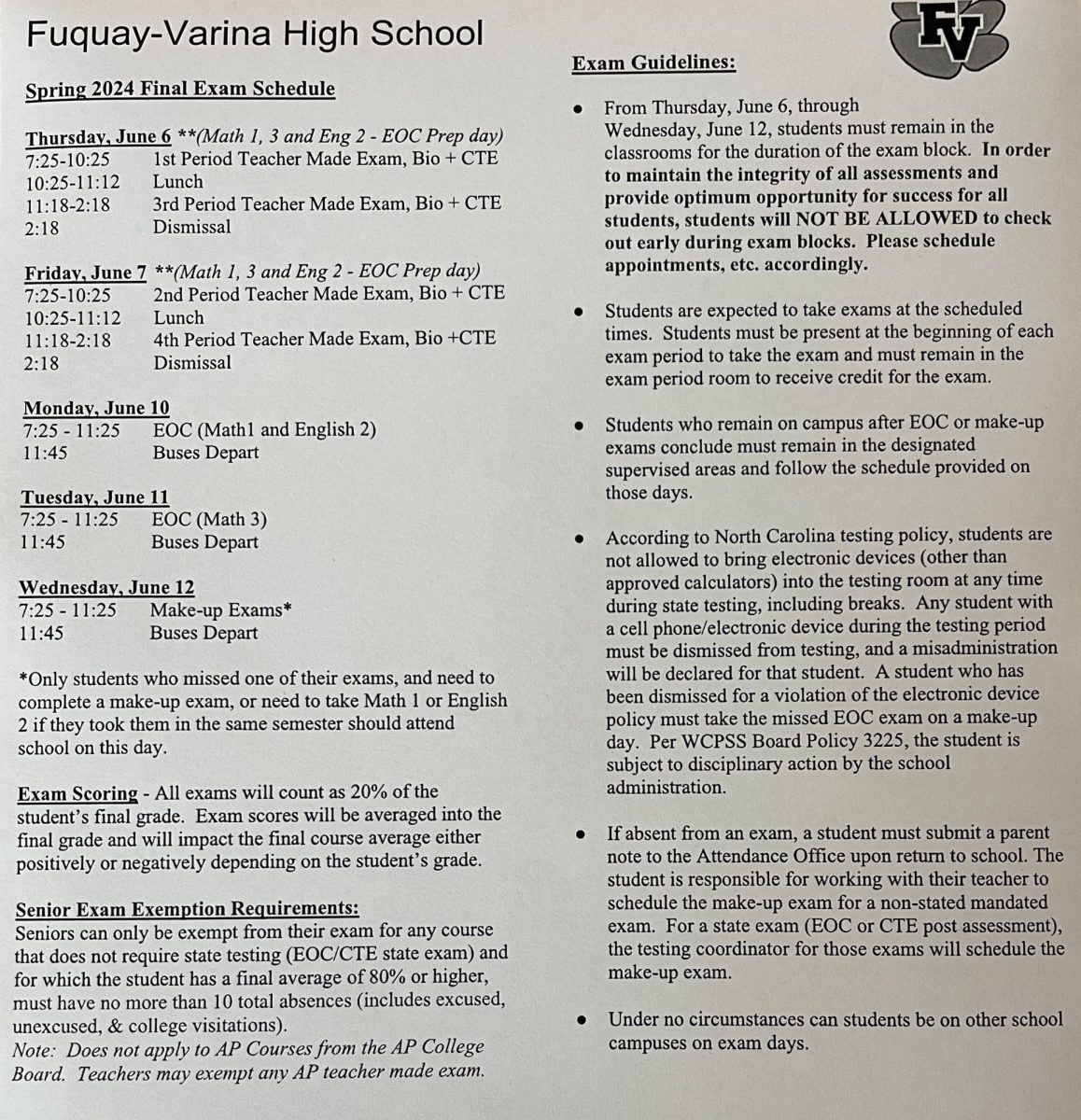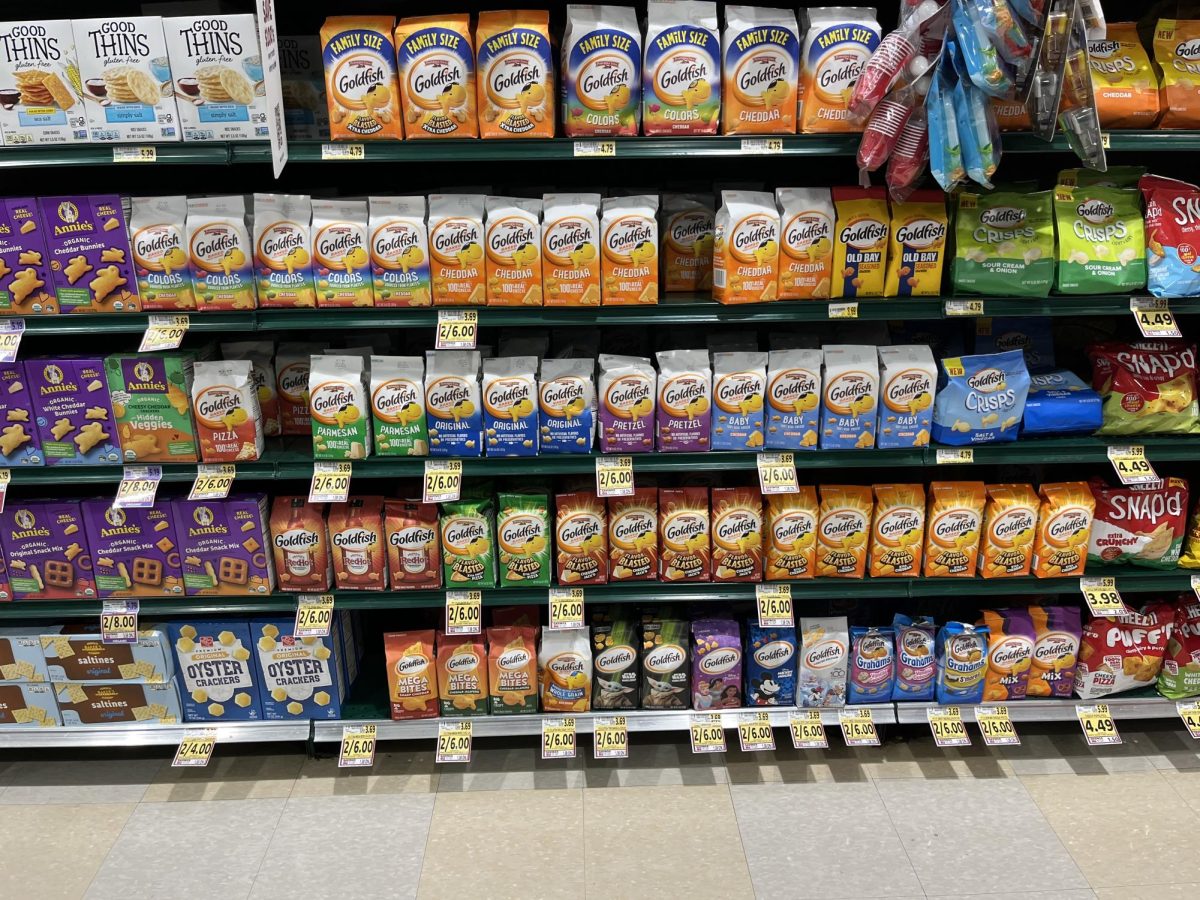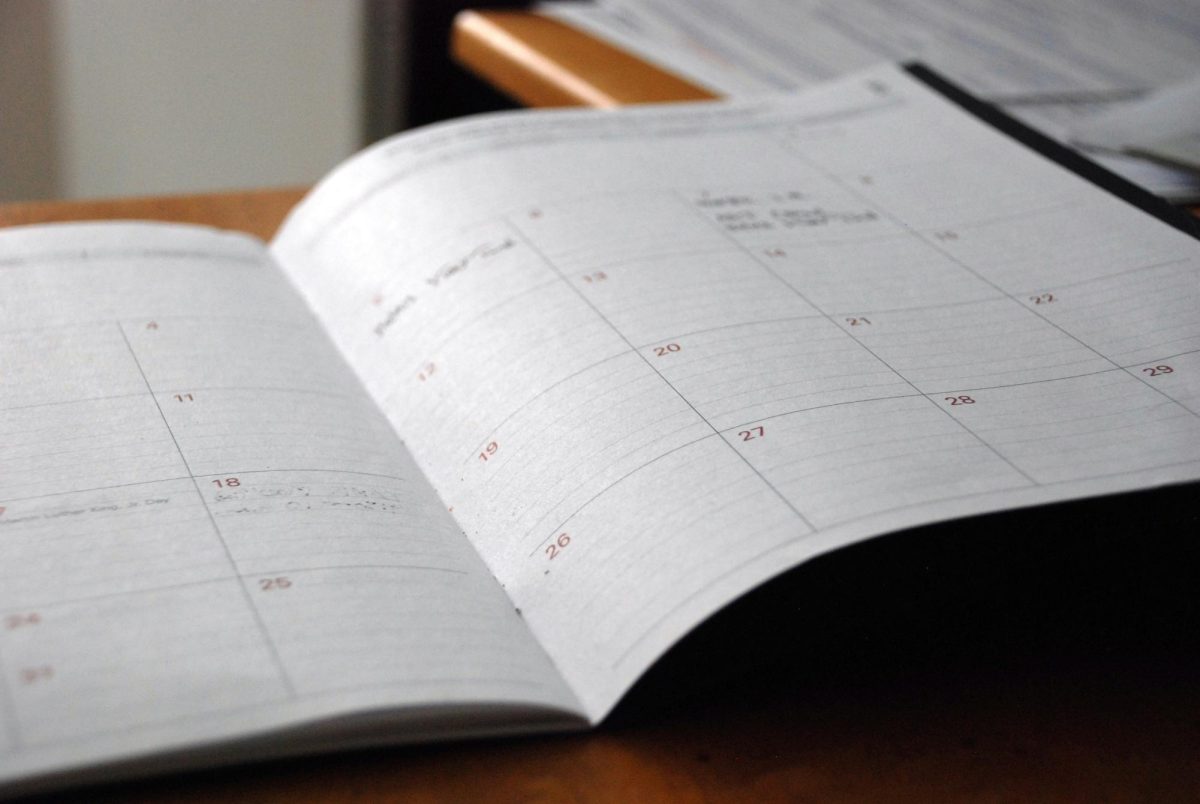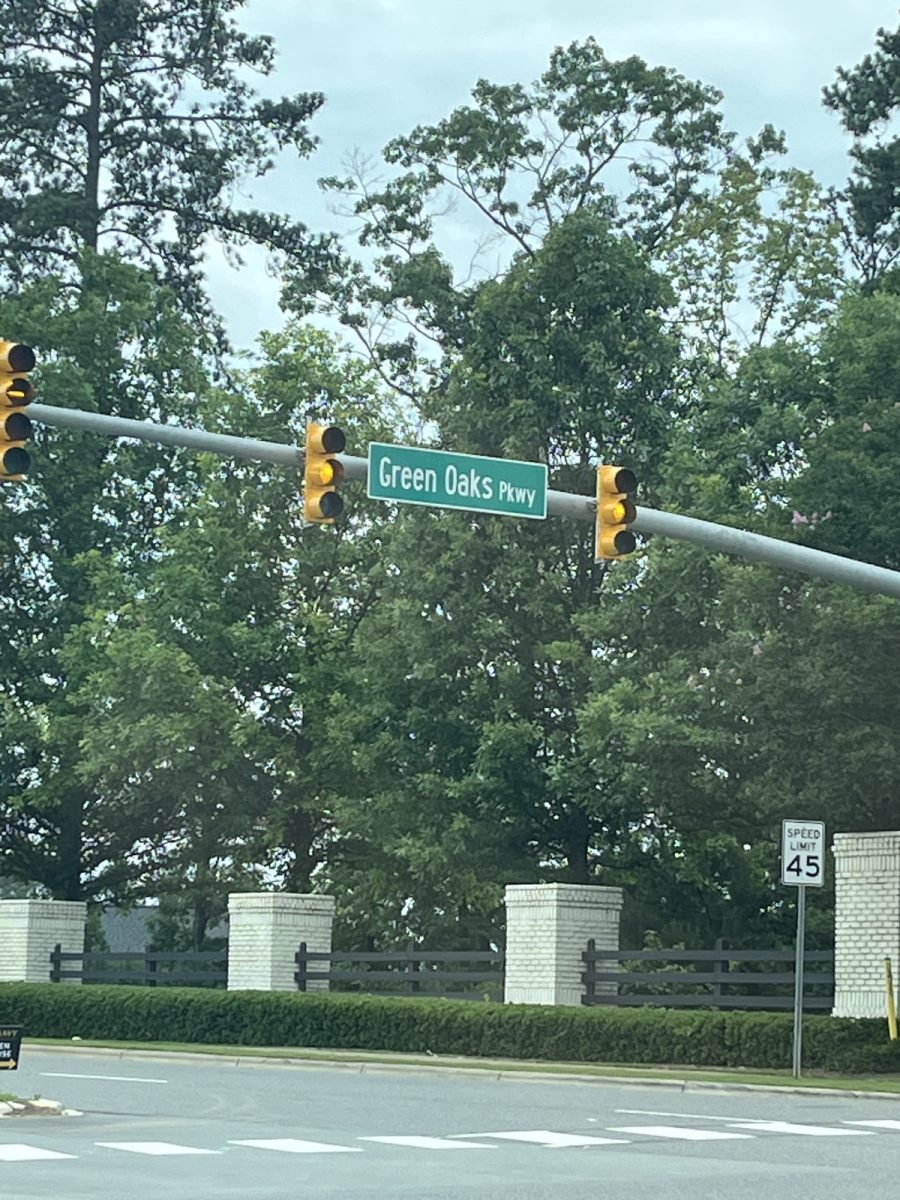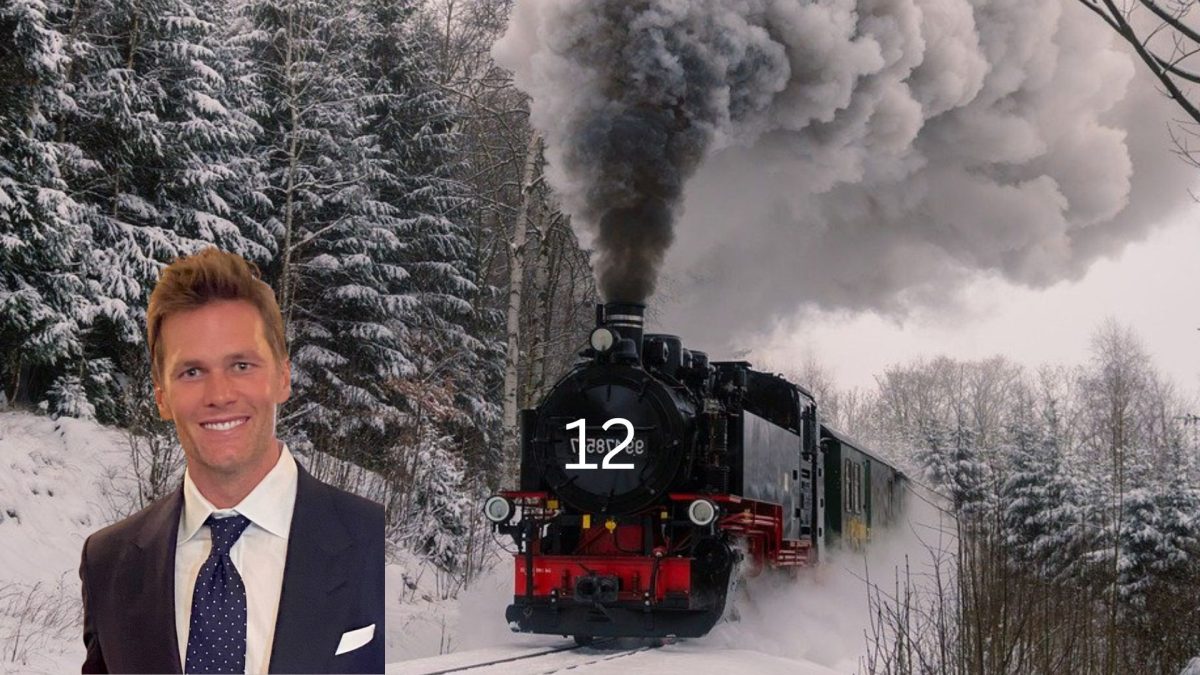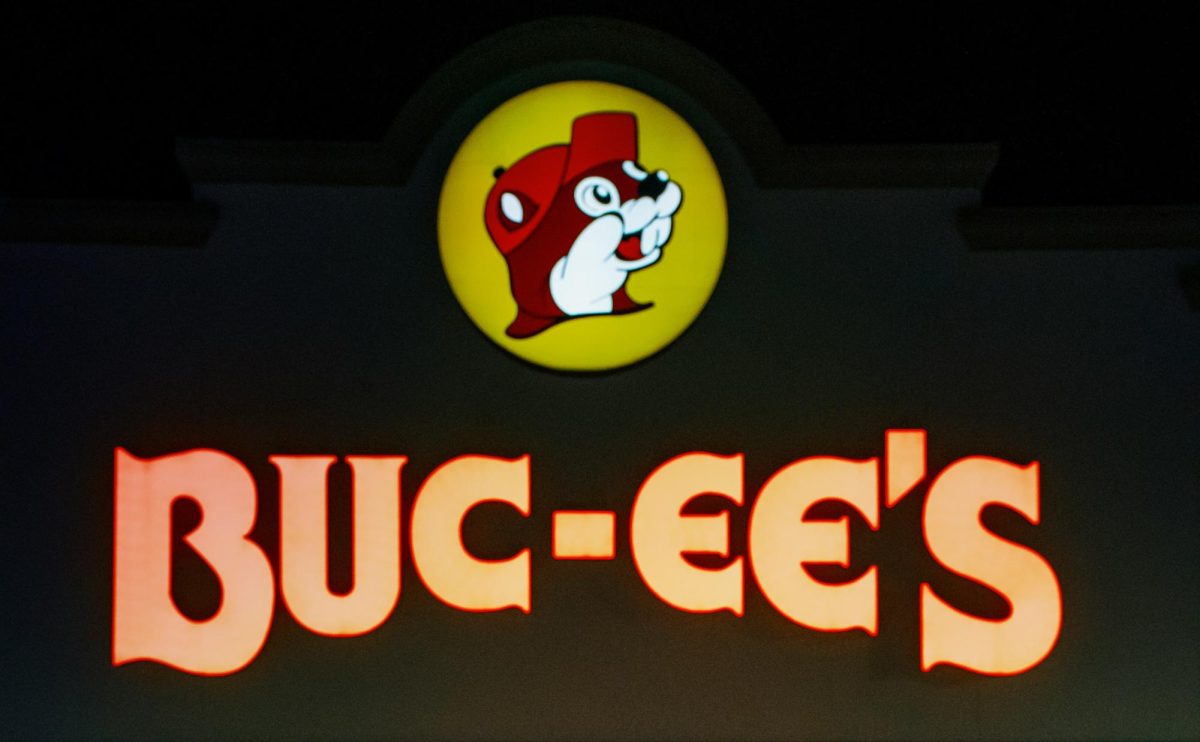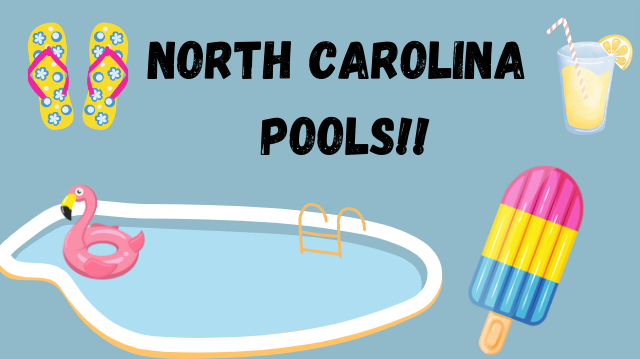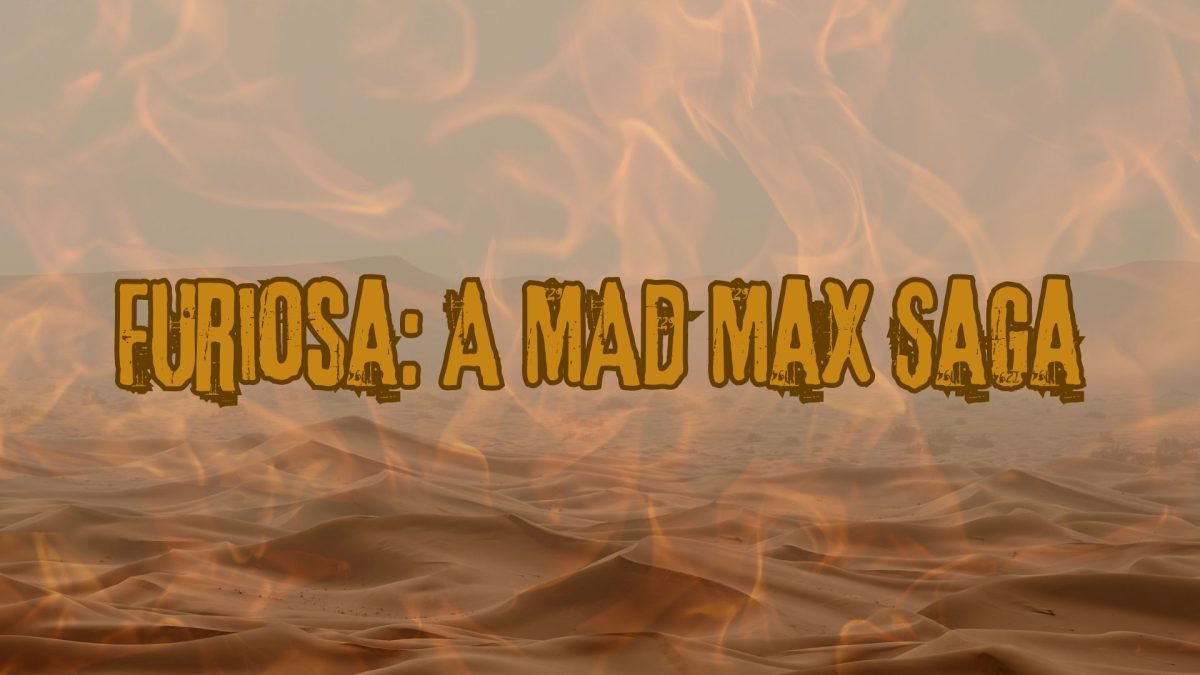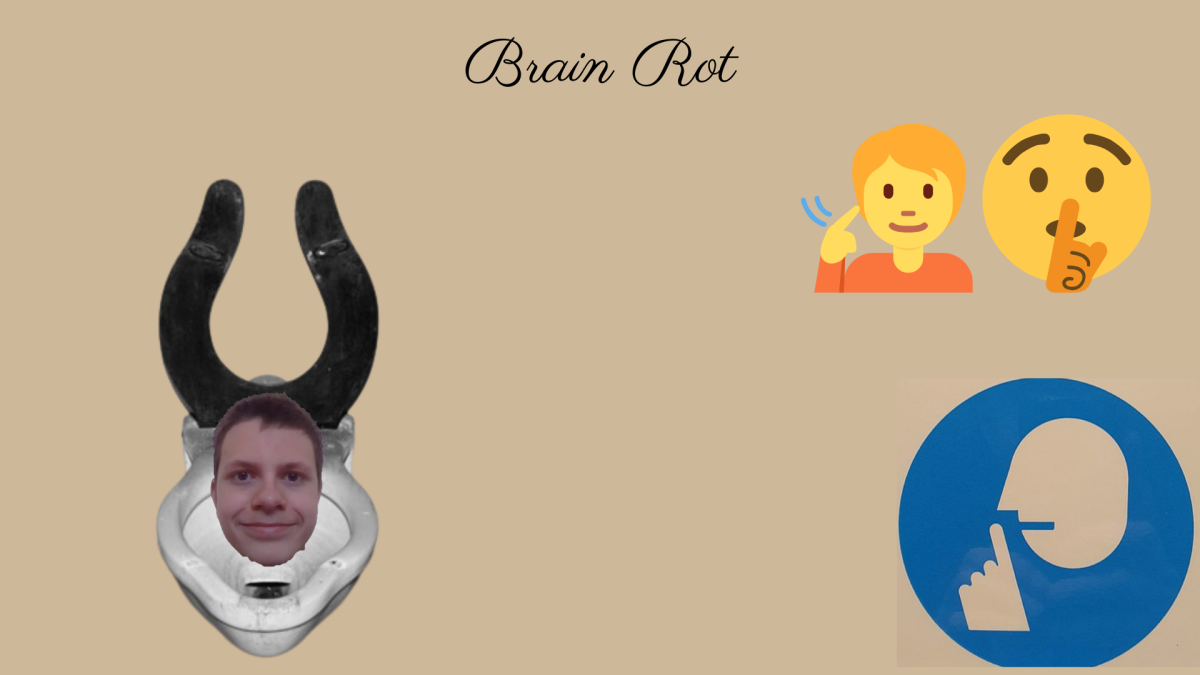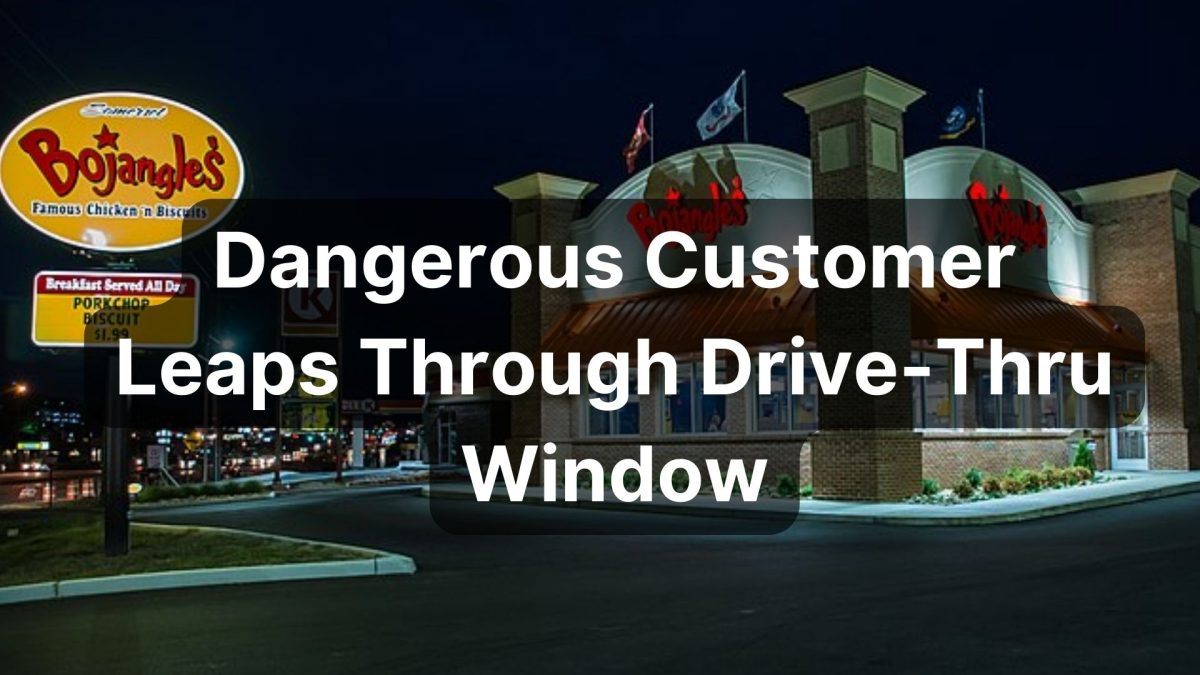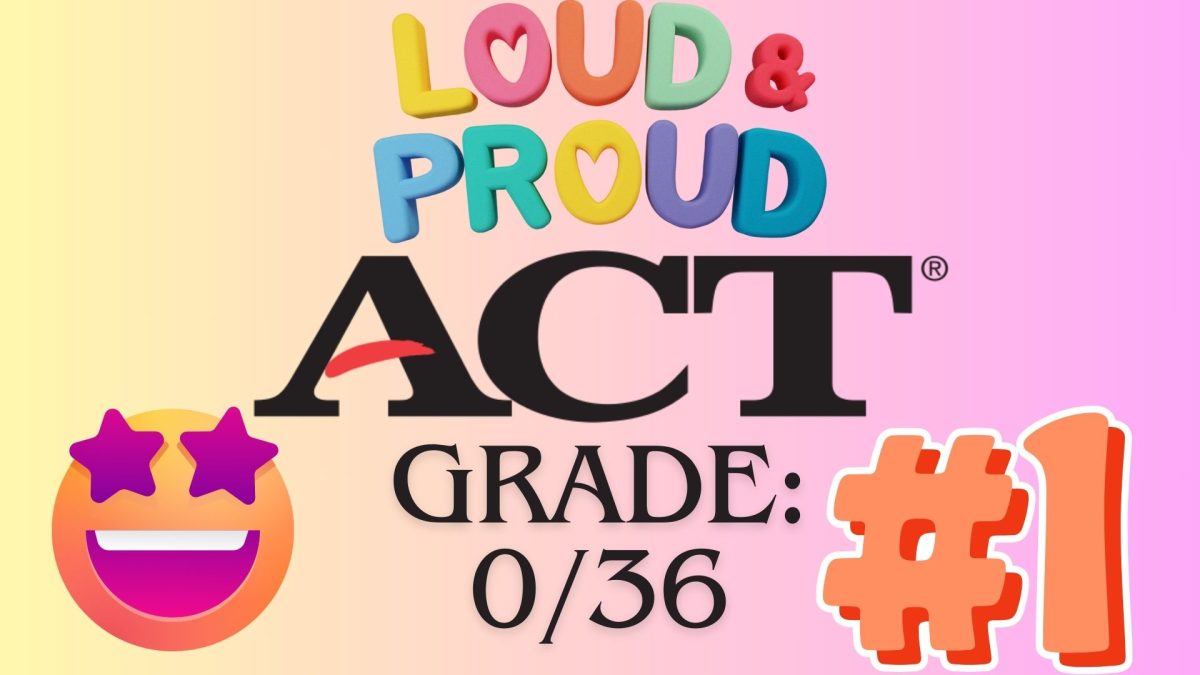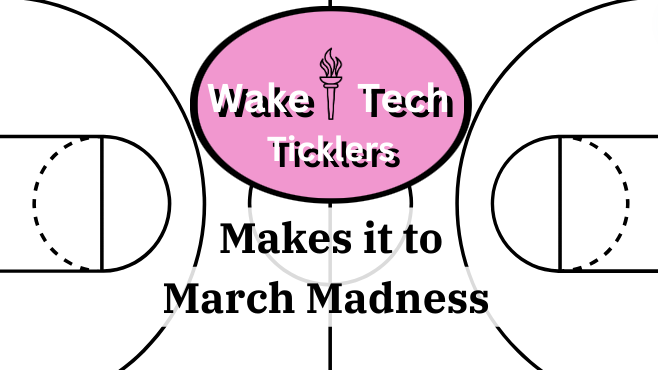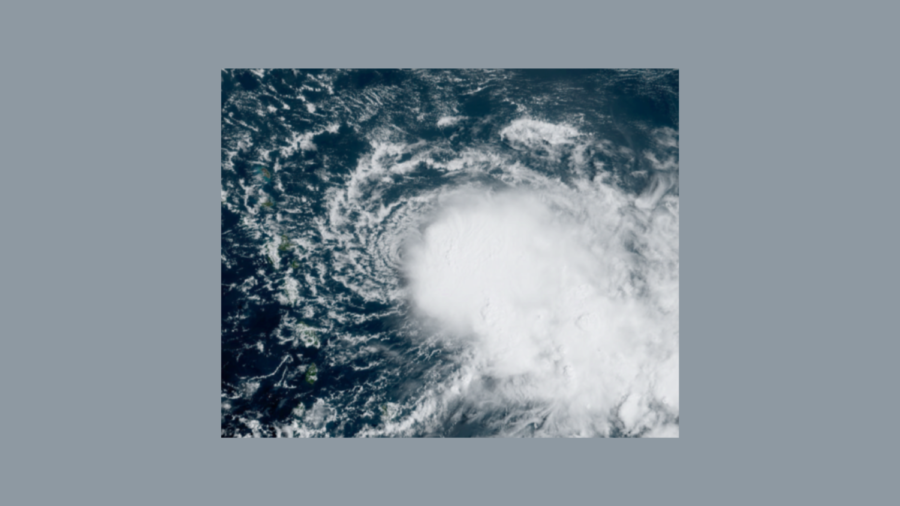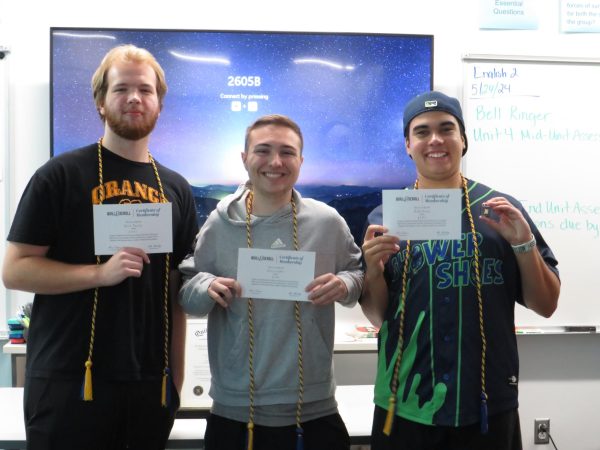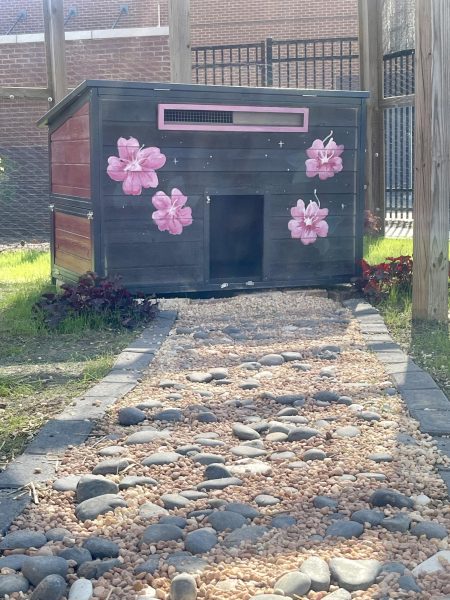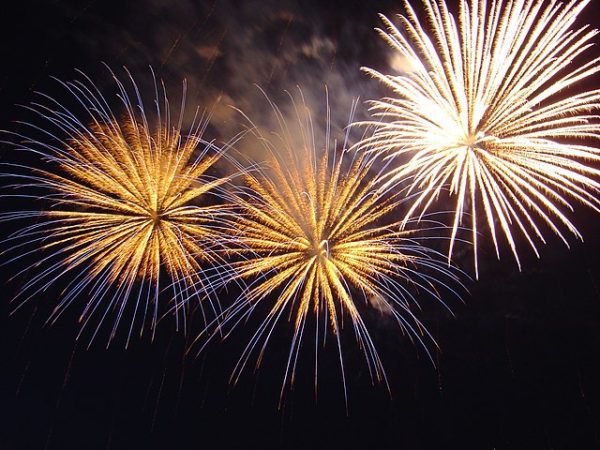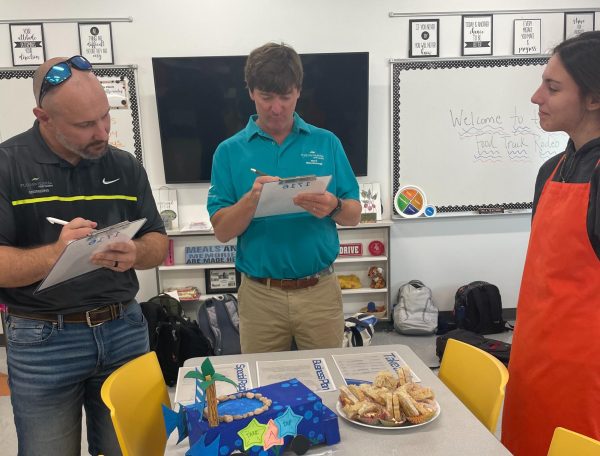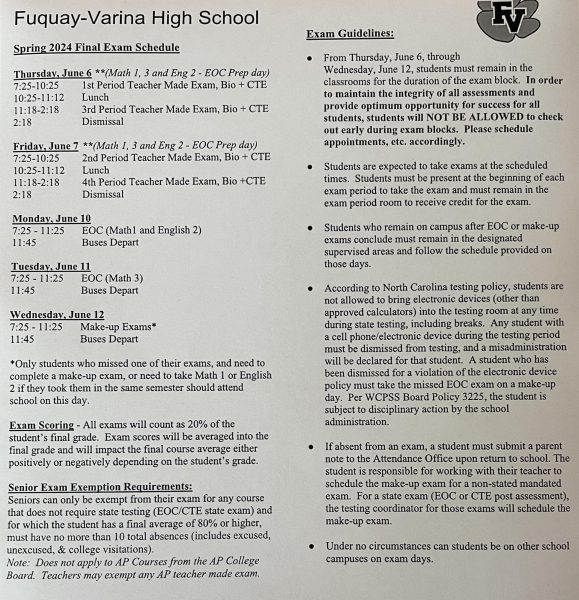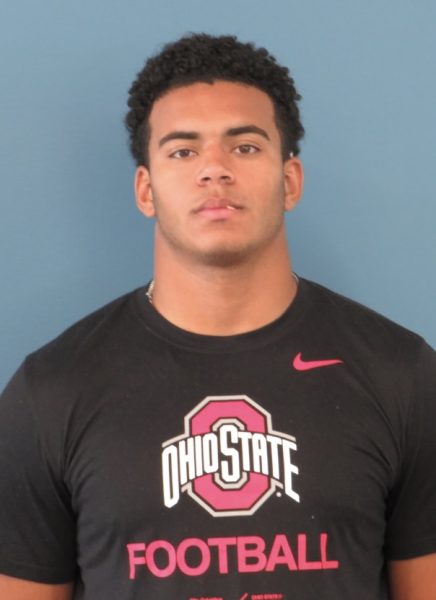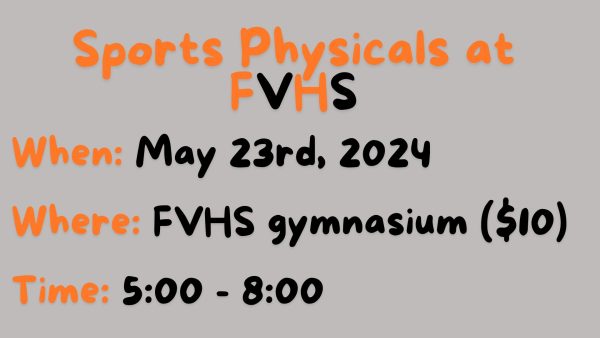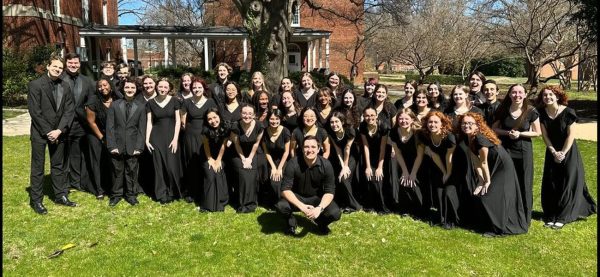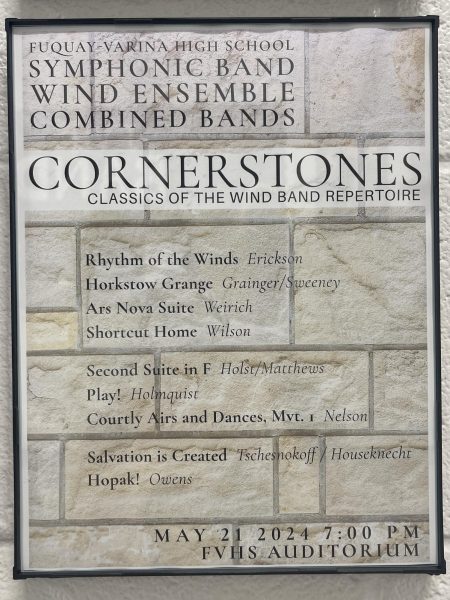Hurricane Fiona: Impact on Puerto Rico
There are no words to describe how devastating and tragic Hurricane Fiona has been for Puerto Rico. Most of the people hit by it were left with floods of up to 30 inches. Many residents of the island were left with damaged homes, and no access to power, clean water, food, or clothes. Most Puerto Ricans are doing their best to stay safe, and survive until it passes. The reality of the situation is not only stressful but chilling. At least 13 lives have been lost, and other possible deaths are being investigated. Two weeks after Hurricane Fiona, most Puerto Ricans are still without power.
“Personally, Hurricane Fiona affected my daily routine. Since the power was knocked out, I couldn’t cool off with air conditioning and I had to warm up and make food on a small gas stove. We have a generator that we use at night to be able to sleep with air conditioning,” said Camila Callado, a 9th grader residing in Mayagüez, a city in western Puerto Rico. PowerOutage.US reports that 37.6% of the area is still out of power.
Angelina Villapiano, a woman residing in Toa Baja, has contributed to improving her community. With community organizers and the help of social media, she’s pushing for everyone affected by the disaster to be able to get back on their feet.
“I’m here in Toa Baja, where the more destructive flooding from Hurricane Fiona. We’re starting to look at how much money people need to get new furniture, new beds, and new appliances while hopefully making repairs to their houses,” Villapiano said.
Needless to say, defaced communities need considerate and determined individuals to help improve living conditions. Of course, having enough food is important as well. She believes that handing out food is essential to support the community.
“Part of the reason why we’re here giving out food is that people do not have power. Not even kitchens, refrigerators, and stoves. They have no means to cook for themselves. We’re here to give them food and donate with our own money in order for them to become self-sufficient, and have enough money for food, and other necessities,” Villapiano remarked.
Unfortunately, this isn’t the first time people have died because the island was hit by a powerful storm. When Hurricane Maria hit in 2017, it became recognized as the worst hurricane to ever strike Puerto Rico.
According to FEMA, “FEMA prepositioned supplies on the island including four strategically located warehouses throughout the island, more than 7 million liters of water, more than 4 million ready-to-eat meals, more than 215 generators, more than 100,000 tarps, more than 28,000 plastic covers and more than 10,300 cots and other emergency supplies.”
Community Organizers and National Support and Recovery Groups are encouraging people outside of Puerto Rico to contribute any funds that they can in order to help the ones who are struggling to survive and make it through this difficult time. Being active in helping clean the affected areas and providing meals is another great way to support them. There are a ton of organizations that you can reach out to.
Groups like BSO, and FURIA have been aiding Puerto Rico ever since Hurricane Maria. You can contact them at Bsopr.com and Furiapr.org. They are currently raising money, providing medicine, and handing out food to those who need it.
Natural disasters are a reminder that recovery is a whole community effort. Hopefully, in the near future, people who have been personally affected will be starting to heal and feel fully safe where they live.
Your donation will support the student journalists of Fuquay-Varina High School. Your contribution will allow us to purchase equipment and cover our annual website hosting costs.

